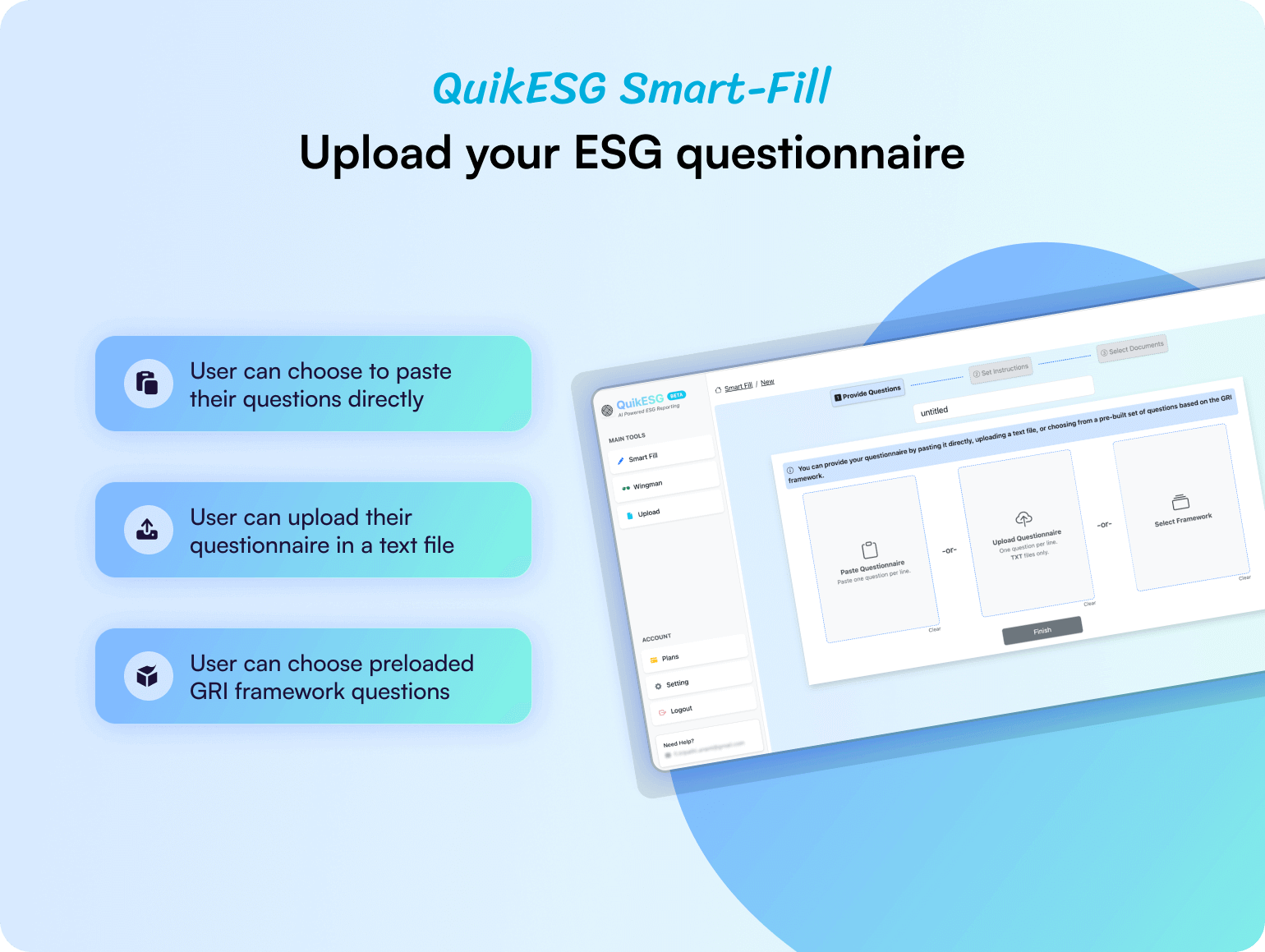Scope 1 Emissions: A Comprehensive Overview
Scope 1 emissions refer to the direct release of greenhouse gases (GHGs) from sources that an organization owns or controls. These emissions are a critical component of a company's carbon footprint and are pivotal in environmental reporting and sustainability strategies. Here is a comprehensive guide to it.
Understanding Scope 1 Emissions
Scope 1 emissions encompass all direct GHG emissions from owned or controlled sources. These include emissions from fuel combustion in company-owned facilities and vehicles, as well as emissions from industrial processes and fugitive emissions. Because these sources are under direct control, organizations have the opportunity to implement targeted strategies to reduce these emissions effectively.
Identifying Sources of Scope 1 Emissions
To accurately identify Scope 1 emission sources, organizations can collaborate with various operational departments and utilize frameworks such as the Intergovernmental Panel on Climate Change (IPCC) guidelines. These guidelines categorize emissions into specific sectors, aiding in comprehensive identification.
Common categories include:
-
Stationary Combustion: Emissions from burning fuels in stationary equipment like boilers and furnaces.
-
Mobile Combustion: Emissions from company-owned vehicles and mobile equipment.
-
Process Emissions: Emissions from industrial processes, such as chemical reactions in manufacturing.
-
Fugitive Emissions: Unintentional releases of gases, often from equipment leaks or during the use of refrigerants.
Calculating Scope 1 Emissions
The calculation of Scope 1 emissions involves quantifying the amount of GHGs emitted from each identified source. This is typically achieved by collecting activity data (e.g., amount of fuel consumed) and applying appropriate emission factors. The emissions are then converted to carbon dioxide equivalents (CO2e) using Global Warming Potential (GWP) values to standardize the impact across different GHGs.
Importance of Managing Scope 1 Emissions
Effectively managing Scope 1 emissions is crucial for several reasons:
-
Regulatory Compliance: Many jurisdictions require organizations to report and reduce their direct emissions.
-
Environmental Responsibility: Reducing direct emissions contributes to global efforts to mitigate climate change.
-
Operational Efficiency: Identifying and addressing emission sources can lead to improved energy efficiency and cost savings.
-
Stakeholder Trust: Transparent reporting and proactive emission reduction can enhance an organization's reputation among customers, investors, and the public.
Conclusion
Understanding and managing Scope 1 emissions is a fundamental aspect of an organization's sustainability journey. By identifying emission sources, accurately calculating emissions, and implementing reduction strategies, organizations can significantly reduce their environmental impact and move towards a more sustainable future.

Comments on “Scope 1 Emissions Explained: Why They Matter and How to Manage Them”